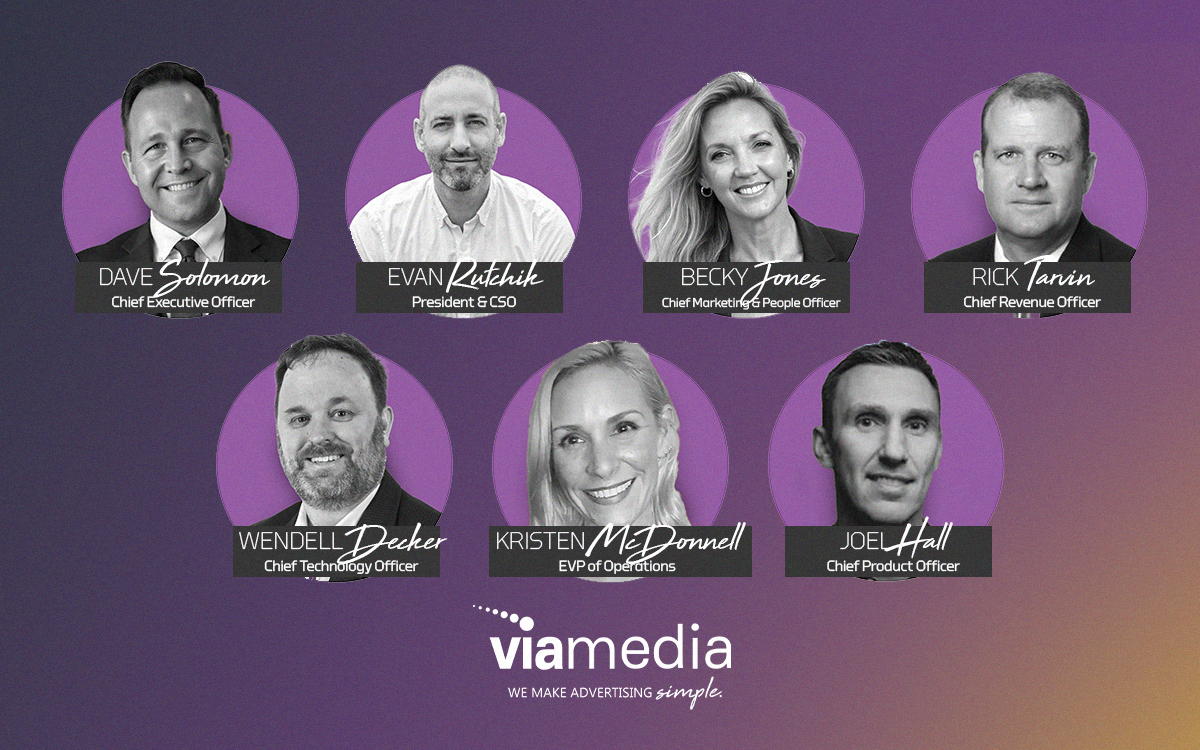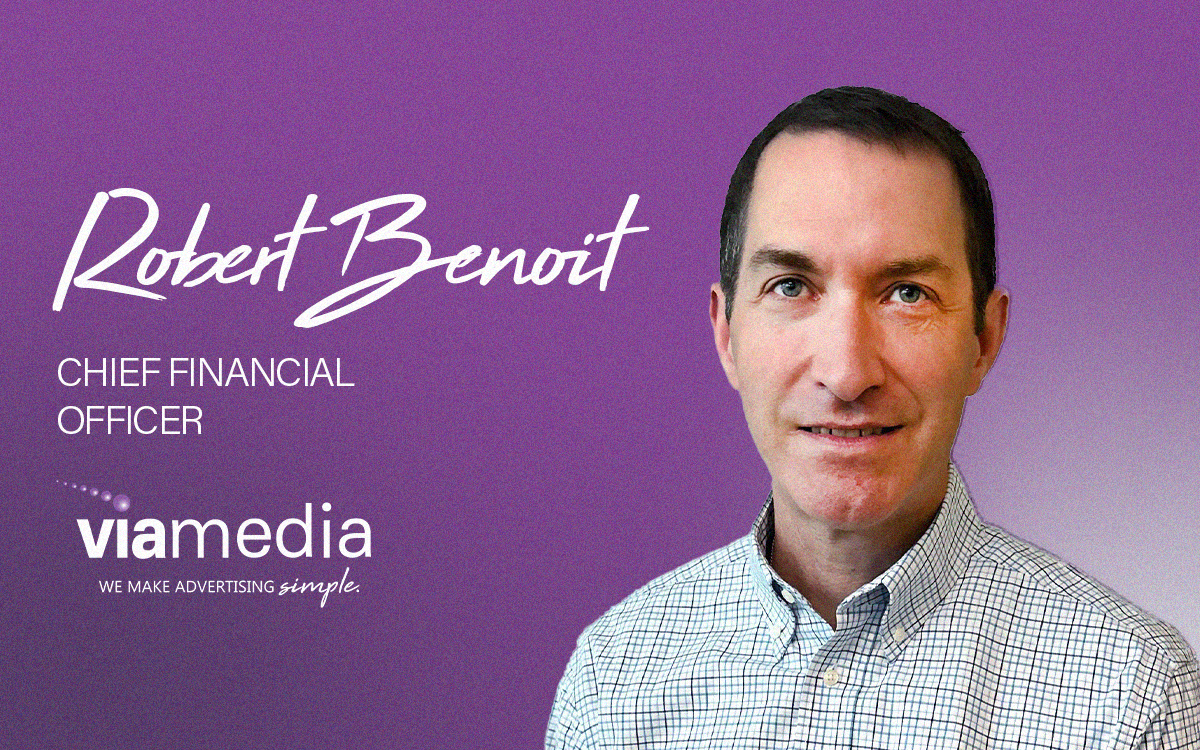It’s that time of year again – when prognosticators -- like me -- unbox our Tarot cards and try our hand at soothsaying.
Originally Published on MediaVillage
Let’s first reflect on how some of my own 2024 predictions turned out:
A Continued Shift Toward Streaming & CTV: Check. That said, I was perhaps too cautious in forecasting the impact on local and regional ad-spend, which I projected would shift only gradually, even cautiously, for now. Turns out, the ad migration has been significant: BIA forecasts 2024 local CTV ad dollars (excluding political) will have increased by 12% from 2023. That shift though was relatively cautious compared to the national shift: Overall, eMarketer has projected CTV advertising in 2024 will have grown some 20% vs. 2023, reaching fully 25% of the amount spent on linear TV advertising.
Smart TV Platforms Expanding Use of ACR Data: Check. It probably wasn’t too out-of-the-box to predict growth here; the only speed bump would be privacy-directed regulatory intervention or industry self-policing. Automatic Content Recognition (ACR) technology, which essentially takes occasional screenshots of what a user is watching on their smart TV to better enable targeting, is expected to grow at a healthy CAGR of 14.6% from 2024 to 2030, per Grand View Research projections.
More Sports Migration to Streaming: Check. For all the stuttering and pixelation of Netflix’s stream of the Mike Tyson-Jake Paul fight (if you want to call it that), expect Netflix to continue to acquire rights to major live sports and sports-adjacent events, and Amazon shows no signs of slowing its inexorable march toward becoming a top NFL viewing destination.
More Fragmentation of Video Viewership: Check. A year ago, we predicted continued growth and diversity in niche programming. A lot of this has been driven by growth in local CTV, providing options for smaller advertisers. And, of course, free ad supported streaming TV (FAST) channels continue to proliferate, now numbering about 2,000 nationwide and growing.
Streaming-Hybrid Model Adoption: Check. The 2023 Charter-Disney carriage deal, via which Charter/Spectrum customers are now being offered Xumo boxes enabling access to both digital-first and linear content, was rightly hailed as groundbreaking -- and, while Charter executives so far are circumspect about the impact on subscriber churn, the company is indeed doing more such deals such as its recently announced agreement With Warner Bros. Discovery giving subscribers WBD’s Max streaming service.
FAST Consolidation: Check. Of course, we noted that the ranks of FAST channels have reached some 2,000 services, so it stands to reason that there will eventually be a shakeout. And, while a major rationalization has yet to hit, harbingers are appearing – at least in terms of streaming services overall, AVOD and SVOD. Disney, Fox and WBD recently announced they would end their potentially pricey Venu sports-streaming service but, previously, Horowitz Research reported that 42% of sports fans said they would subscribe to the much-publicized, potentially content-rich platform -- and among those who were likely to sign up, 38% said they would likely make a change to their other streaming services to make room. The Venu partners’ decision followed Disney’s announcement it would merge its Hulu Live + with Fubo, signaling yet more consolidation in sports streaming. As is typically the case, rising programming costs in the relentless arms race for eyeballs is the catalyst. The consolidation is coming and the giants and first-movers (as in most such situations) are most likely to prevail.
Get used to AI and Programmatic Tools and Programmatic as Standard Advertising Model. Check. I guess I don’t need to elaborate on these two, admittedly low-hanging-fruit predictions. And (shocker!) I’ll predict a continuation of these trends in 2025 and beyond, with (as always) the primary wild cards being some form of government regulation or industry self-regulation.
So, what about 2025?
Well, borrowing a bit from what industry colleagues are saying, coupled with my own observations, I’ll forecast the following trends:
1. A “Traditional Transition”: Anticipate traditional media to continue to transition to addressable platforms. As marketers seek more reporting and accountability, media groups will seek solutions to transition viewers and subscribers to more dynamic platforms offering addressability. At the same time, it will be imperative for media organizations to protect core revenue streams through additional technology solutions that enable agencies and clients to blend traditional and “digital”/”addressable” campaigns.
2. More AI & Automation: Picking up from my 2024 prediction, Artificial Intelligence, many agree, will play an increasing and eventually pervasive role in content creation, distribution, and personalization. AI-generated video content and even news reporting could become commonplace. Behind-the-scenes, automation tools will further optimize content workflows, streamlining tasks like editing, tagging, and generating ad copy.
3. New Streaming & Subscription Models: Acknowledging it didn’t happen as noticeably in 2024, I still believe it’s a safe bet that, as the streaming landscape continues to grow, it will experience more consolidation. Major platforms may bundle services, and we’re likely to see a rise in “super-apps” (multi-functional platforms combining streaming, social media, and e-commerce) that could reshape user behavior. “Subscription fatigue” may spur more innovative pricing models, including pay-per-use or ad-supported versions of premium platforms – as we’ve already started to see from Netflix.
4. More Data & Analytics: The collection and use of data will be more sophisticated. Brands will rely ever more heavily on data to target specific demographics. Expect deeper insights into consumer behavior, allowing for hyper-targeted marketing. Privacy regulations will likely evolve to reflect this, possibly causing brands to plan carefully for how they gather and utilize personal data. The shift toward privacy-first approaches may become a standard in media industries, but, as always, they will adapt.
5. Social Media Platforms Will Get More “Personal”: Social media will continue to shift toward more private, closed-circle interactions (e.g., private groups, secure messaging), as users seek more control over their data and privacy. Capitalizing on this, creators may increasingly diversify their revenue streams beyond advertising, integrating e-commerce, NFTs, and more.
Overall, we’ll continue to see more sophisticated consumer targeting and a heightened focus on personalization and interactivity.
Of course, to quote legendary Hollywood screenwriter William Goldman, “Nobody knowsanything.” So, we’ll all just have to see what unfolds.
Posted at MediaVillage through the Thought Leadership self-publishing platform.
Click the social buttons to share this story with colleagues and friends.
The opinions expressed here are the author's views and do not necessarily represent the views of MediaVillage.org/MyersBizNet.






